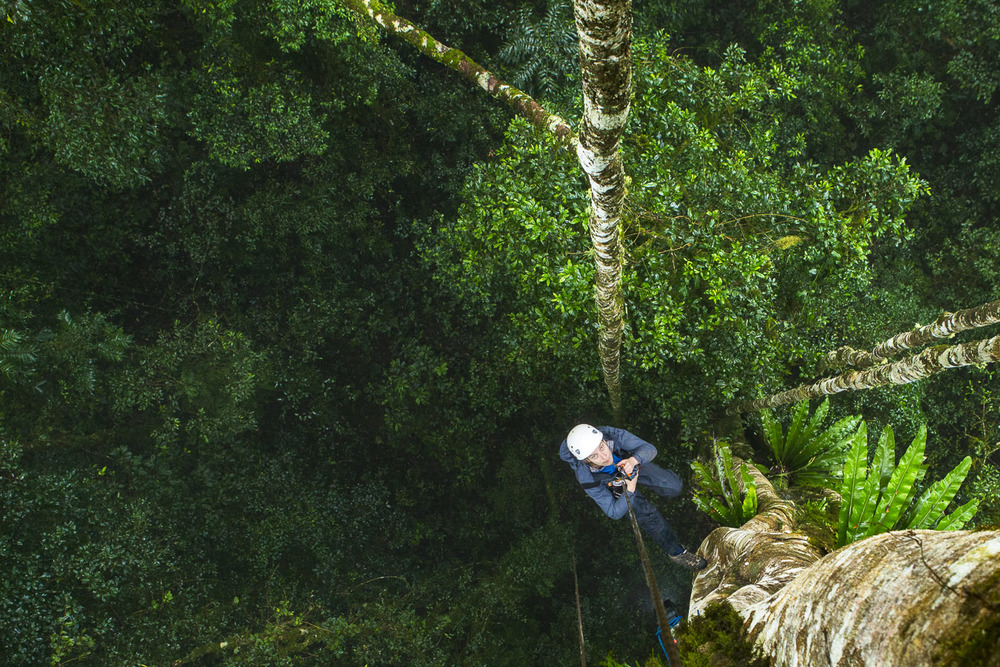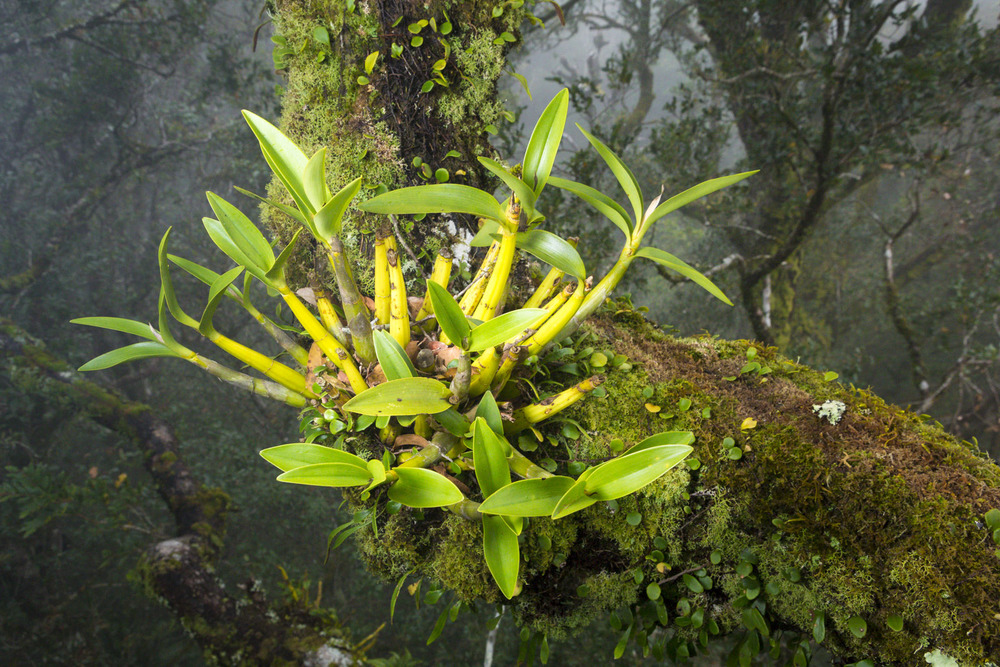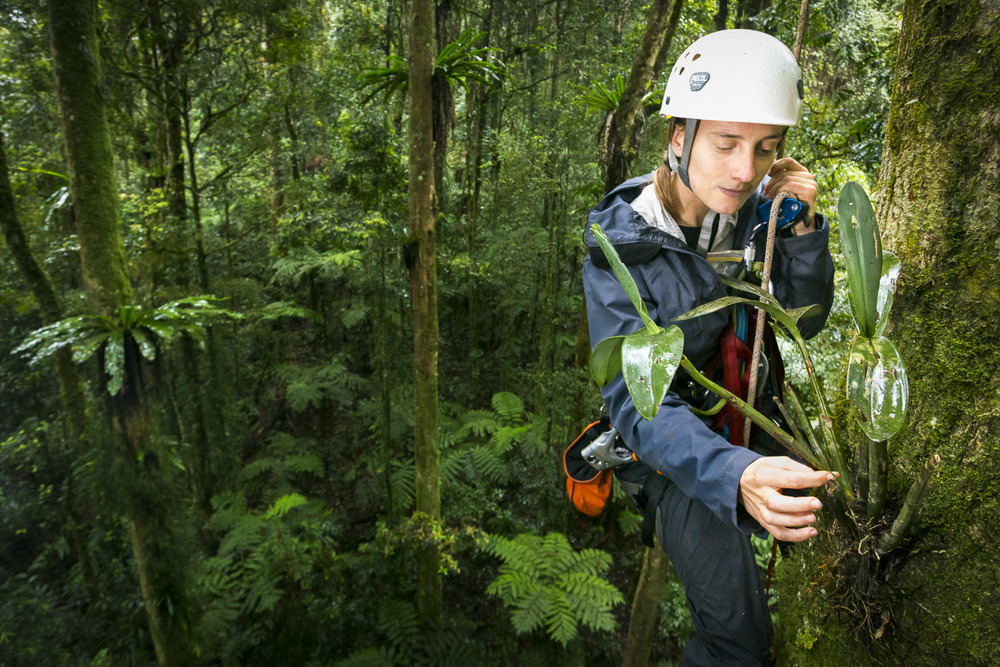And an adventure it was.
We are looking forward to next year, when we head out to undertake another season of field work in the Wet Tropics of North East Queensland. It will be interesting to compare the subtropical realm of the Border Ranges NP to the tropics of Far North Queensland. Who knows what fascinating epiphytes we will find up north?
For more information you can contact me:
Jennifer Sanger
jennifer.sanger (at) utas.edu.au
PhD Student
School of Geography and Environmental Studies
University of Tasmania
Click here for the full epiphyte photo album.





 RSS Feed
RSS Feed
